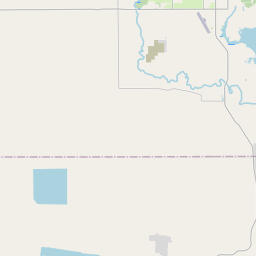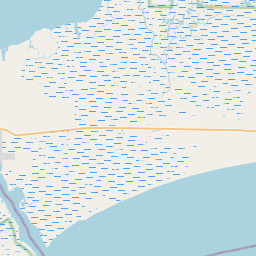The commercial fishing guide permit application ended February 28.
Visit Us
Located approximately 26 miles south of Sulphur, Louisiana, Sabine National Wildlife Refuge has numerous recreation areas where you can fish, crab or take a hike. Whether you are looking for an alligator to photograph or just a place to stretch your legs, the Wetland Walkway is always an adventure.
Learn more about our hunting regulations here: Southwest Louisiana Hunting Regulations
Learn more about our fishing and boating regulations here: Southwest Louisiana Fishing and Boating Regulations
Location and Contact Information
- Sabine National Wildlife RefugeView Details3000 Holly Beach Highway Hackberry, LA 70645-5515
Tours
Auto tour
Beginning about 26 miles south of Sulphur, Louisiana on State Highway 27 South, Sabine NWR includes several recreational areas accessible by car. Be sure to observe local traffic signs and laws, posted closures, and prohibited activities.
The refuge and its roadside recreation areas may be accessed via automobile year round, from dawn until dusk, excluding posted closures
What We Do
Wildlife conservation is at the heart of the National Wildlife Refuge System. It drives everything on U.S. Fish and Wildlife Service lands and waters managed within the Refuge System, from the purposes for which a national wildlife refuge national wildlife refuge
A national wildlife refuge is typically a contiguous area of land and water managed by the U.S. Fish and Wildlife Service for the conservation and, where appropriate, restoration of fish, wildlife and plant resources and their habitats for the benefit of present and future generations of Americans.
Learn more about national wildlife refuge is established to the recreational activities offered to the resource management tools used. Using conservation best practices, the Refuge System manages Service lands and waters to help ensure the survival of native wildlife species.
Our Organization
Our Species
The refuge was created with the primary goal of providing habitat and breeding grounds for migratory birds and waterfowl. The estuarine systems found in the refuge also provide habitat for a highly diverse community of other wildlife including several species of native fish, crustaceans, mollusks, amphibians, reptiles, and birds.
Get Involved
Discover for yourself what tens of thousands of volunteers have learned: Volunteering for the U.S. Fish and Wildlife Service is fun and rewarding in many ways. Master new skills. Meet new friends. Enjoy a sense of accomplishment from doing your part to further wildlife conservation for the pleasure of generations to follow. Check out our station's latest volunteer opportunities on volunteer.gov
Volunteers and student interns provide much needed assistance with refuge programs. They are often able to complete work that the refuge staff would be unable to do. The hours, work assignments, and more are tailored to meet the needs of both the refuge and the volunteer or intern.
Nature does not recognize human-made boundaries. In order to conserve our natural and cultural resources effectively, we must work with others to bridge these boundaries. Partnerships foster creative solutions to challenging situations and often the results are greater than the sum of the parts. Learn more about our local partners.
Partnerships are very important to help the refuge achieve its goals, objectives, and strategies, leverage funds, minimize costs, and bridge relationships with others.
Youth Programs open the door to a potentially life-changing experience. If you land a student internship, a fellowship or a volunteer opportunity at a national wildlife refuge national wildlife refuge
A national wildlife refuge is typically a contiguous area of land and water managed by the U.S. Fish and Wildlife Service for the conservation and, where appropriate, restoration of fish, wildlife and plant resources and their habitats for the benefit of present and future generations of Americans.
Learn more about national wildlife refuge , fish hatchery or other Fish and Wildlife Service site, you’re bound to come away with new insights and excitement about conservation.





















